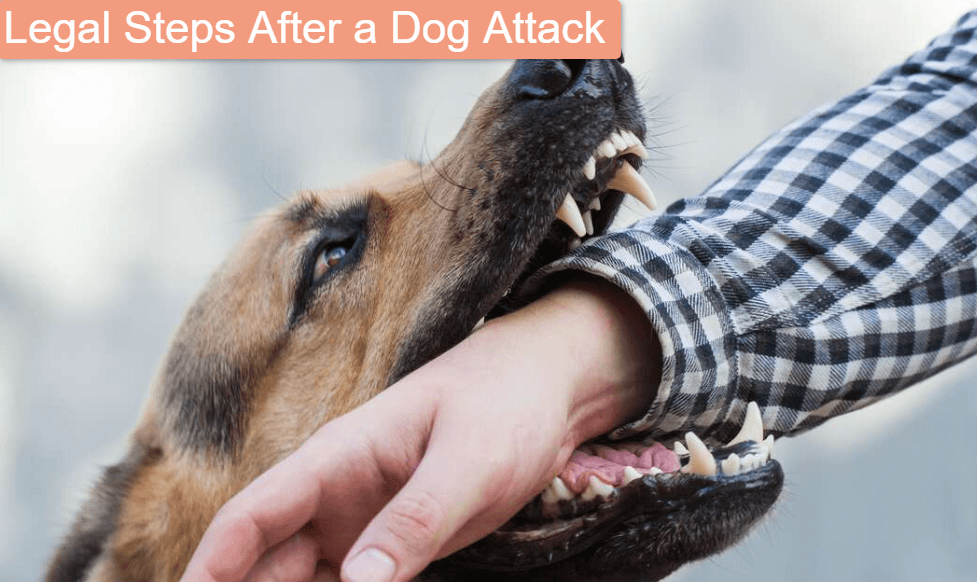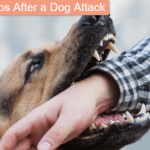Experiencing a dog attack can be a harrowing event for both you and your furry friend. The aftermath often leaves pet owners feeling shaken, confused, and unsure of the necessary steps to take to ensure their pet’s well-being and seek justice for the wrong done to them. Understanding the legal avenues available is crucial in defending your pet and possibly preventing future attacks. This guide aims to navigate you through the legal labyrinth following a dog attack, offering clear and actionable advice.
Understanding Dog Attack Laws
Dog attack laws vary significantly from one jurisdiction to another, but they generally fall into two categories: strict liability and the “one-bite” rule. In strict liability states, a dog owner is held liable for any injury their dog causes, regardless of the animal’s past behavior. Conversely, the “one-bite” rule offers some leniency to dog owners, allowing them a defense if their dog has never shown aggression or bitten someone before. It’s also essential to be aware of local ordinances, which may impose additional restrictions and responsibilities on dog owners.
Immediate Steps to Take After the Attack
Document the Incident
In the chaotic moments following a dog attack, it’s crucial to remain calm and document everything. Take clear photos or videos of the injuries, the location where the attack occurred, and, if possible, the attacking dog. If there are witnesses, collect their contact information and statements, as these can be invaluable in building your case.
Seek Medical Attention
Your pet’s health is the top priority. Seek immediate medical care to address any injuries. A veterinarian’s assessment will not only ensure your pet’s recovery but also provide official documentation of the injuries, which is critical for any legal action.
Report the Incident
It is imperative to report the dog attack to the proper authorities. This could be your local animal control agency or the police department. Official reports serve as a formal record of the incident and can be crucial in any legal proceedings.
Legal Actions to Consider
Consult with a Veterinarian
Beyond initial treatment, a thorough examination from a veterinarian can reveal the full extent of your pet’s injuries. This medical record will be a cornerstone of your legal claim, detailing the necessary treatments and associated costs.
Consult with a Lawyer
Navigating the aftermath of a dog attack can be complex. Consulting with a lawyer who specializes in animal law can provide clarity and direction. They can advise on the viability of your claim, the potential for compensation, and the best course of action tailored to your specific situation.
Understanding Damages
In legal terms, damages refer to the compensation sought for harm suffered. When it comes to dog attacks, damages can include veterinary bills, rehabilitation costs, and in some cases, compensation for emotional distress. It’s important to understand what you may be entitled to recover in your case.
Building Your Case
Gather Evidence
A strong case is supported by solid evidence. This includes medical records, bills, receipts for any expenses incurred due to the attack, and expert testimony from veterinarians or animal behaviorists. The more comprehensive your evidence, the stronger your case will be.
Identify the Attacking Dog’s Owner
To seek compensation, you must identify the owner of the dog that attacked your pet. This information is critical as it determines who is legally responsible for the damages.
Establish Negligence
Proving negligence is often key to a successful legal claim. This involves demonstrating that the other dog’s owner failed to take reasonable steps to control their pet or to prevent the attack. Evidence of prior aggressive behavior, lack of a leash, or ignoring leash laws can all point to negligence.
If you are specifically dealing with an attack from a pit bull, you may find the article My Dog Was Attacked By A Pit Bull particularly helpful as it addresses some of the unique considerations in these cases.
Filing a Claim
When it comes to taking legal action, you generally have two avenues: filing a claim in small claims court or pursuing a civil lawsuit. Small claims court is typically faster and less formal, with lower costs and no need for an attorney. However, there are limits to the amount of compensation you can receive. A civil lawsuit, on the other hand, can handle larger claims and more complex cases but will likely require legal representation and a longer time commitment.
Preparing Legal Documentation
Regardless of the chosen legal route, you will need to prepare and file the necessary legal documentation. This includes a complaint or petition that outlines your case, the damages sought, and the legal basis for the claim. Ensure all documents are filed within the statute of limitations, the legal time limit for filing a claim.
Mediation and Settlement
Before a case goes to trial, there is often an opportunity for mediation or settlement discussions. This can be a less adversarial process where both parties come to an agreement on compensation without the need for a court decision. Settlements can be beneficial as they save time, legal fees, and the uncertainty of a trial outcome.
Dealing with Insurance Companies
If the owner of the attacking dog has homeowners’ insurance or pet insurance, you may need to negotiate with insurance companies. It’s important to be cautious in these discussions, as insurers have strategies to minimize payouts. Be prepared to stand firm on the compensation needed to cover all of your pet’s medical expenses and other damages.
Prevention and Protection
While legal recourse is essential after an attack, taking steps to prevent future incidents is equally important. Training and socializing your dog can reduce the risk of aggressive encounters. It’s also vital to understand your rights and responsibilities as a dog owner to protect not only your pet but also your community.
Considering pet insurance can provide a financial safety net for unforeseen events, including dog attacks. It can cover veterinary expenses, which can be significant in the case of serious injuries, and some policies may include liability coverage for your own dog’s actions.
Conclusion
The trauma of a dog attack can be overwhelming, but taking prompt and informed action can help secure your pet’s well-being and your peace of mind. Remember to document the incident, seek medical attention, and report the attack to authorities. Consult with legal professionals to understand your options and consider all avenues for claiming compensation. Protecting your pet with training, awareness of local laws, and insurance can also help mitigate risks in the future. As you navigate this challenging time, know that resources are available to support you and your furry friend on the path to recovery.
Additional Resources
For further assistance and information, consider reaching out to the following:
- Local Animal Control Agencies: They can provide guidance on reporting procedures and local animal laws.
- Legal Aid Organizations: These groups offer legal advice, often at no cost, for those who cannot afford private attorneys.
- Veterinary Associations: Professional associations can offer referrals to veterinarians experienced in dealing with dog attack injuries.
- Support Groups: Connecting with others who have gone through similar experiences can offer emotional support and practical advice.










